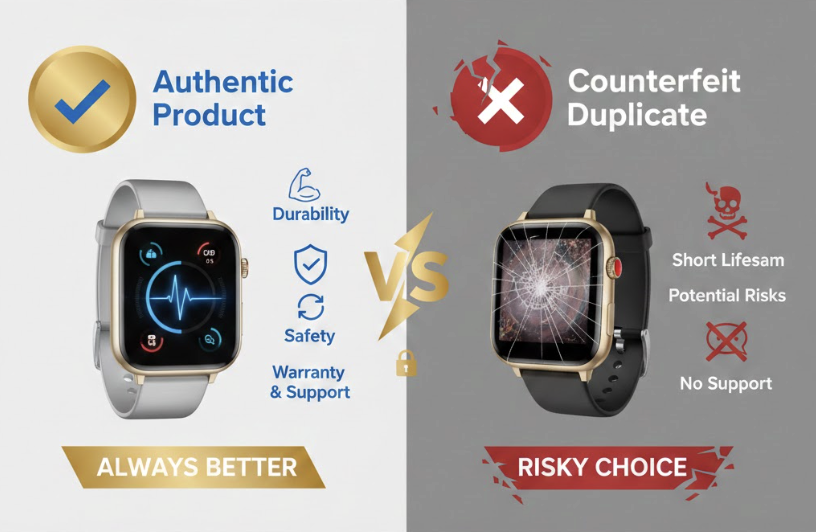Are you tired of creating design prototypes that fall short of your expectations? Do you have trouble working on design projects with your team? Look no further, because Figma is here to change the way you design. Figma is a cloud-based design tool that enables real-time creation, sharing, and collaboration on design projects. It’s loaded with powerful features that allow you to easily create pixel-perfect designs. Figma allows you to create high-fidelity wireframes, interface designs, and even interactive prototypes. Its user-friendly interface and powerful design features have made it the go-to tool for designers across industries. let’s go on a brief analysis of
What is Figma?
Figma is a cloud-based design and prototyping tool for creating user interfaces, websites, and other designs. It allows users to collaborate on design projects in real-time, making it an ideal tool for teams working on digital products. With Figma, designers can create wireframes, prototypes, and high-fidelity designs, as well as add animations and interactions to bring their designs to life. Figma also offers a range of features for design teams, including version control, design systems, and integrations with other tools. Figma is available for use on the desktop and as a web application, and it can be used on both Mac and Windows operating systems.
How was Figma formed?
Figma was founded in 2012 by Dylan Field, Evan Wallace, and John Schlemmer. The company was initially focused on developing a platform for collaborative design, with the goal of making it easier for designers to work together and share their work with others. The company released its first product, a collaborative design tool, in 2014. Since then, Figma has continued to grow and expand its product offerings, becoming a leading design and prototyping platform in the process. Today, Figma is used by designers and teams at companies around the world, including many of the world’s largest enterprises.
How was the Figma company established?
Figma has generally seen strong growth and success since its founding. The company released its first product, a collaborative design tool, in 2014 and has continued to expand and develop its offerings since then. Figma has also raised significant funding from investors, including a $40 million Series C funding round in 2017 and a $142 million Series D funding round in 2019. These funding rounds indicate that Figma has been successful in building a solid foundation for its business and attracting support from investors. Figma is now a well-established company in the design and prototyping space, with a large and growing customer base.
You will love to read : 5 Best MSI Laptops: Specs And Price In Nepal
What is Adobe’s most recent relationship with Figma?
Adobe is a software company that offers a range of products for creative professionals, including graphic design, video editing, and web development tools. Figma is a cloud-based design and prototyping tool that allows users to create and collaborate on designs for user interfaces, websites, and other digital products.
There has been no announced deal or acquisition between Figma and Adobe. However, both companies operate in the design and creative software spaces and could potentially collaborate or integrate their products in the future. It is also worth noting that Figma and Adobe offer some overlapping functionality, but they also have different target markets and approaches to design workflows. Figma is focused on collaborative design and real-time collaboration, while Adobe offers a range of powerful standalone tools for various creative tasks. Both companies have their own unique strengths and feature sets, and they can potentially be used together or independently depending on a user’s needs and preferences.
What types of work can be done with Figma?
Figma is a design and prototyping tool that is primarily used for creating and collaborating on user interfaces, websites, and other digital products. With Figma, users can create wireframes, prototypes, and high-fidelity designs, as well as add animations and interactions to bring their designs to life. Figma is also used for creating marketing materials such as logos, brochures, and social media graphics.
In addition to these design tasks, Figma also has a range of features for design teams, including version control, design systems, and integrations with other tools. This makes it an ideal tool for teams working on digital products and for designers who need to collaborate with others on their work.
Overall, Figma is a versatile tool that can be used for a wide range of design and prototyping tasks, from creating simple wireframes to building complex interactive prototypes
What kinds of projects can be completed using Figma?
Figma is a design and prototyping tool that can be used for a wide range of tasks related to the creation and development of digital products. Some of the types of work that can be done with Figma include:
- User interface design: Figma offers a range of design tools and features for creating wireframes, mockups, and high-fidelity designs for user interfaces. These tools include vector drawing tools, text formatting options, and a range of pre-designed UI elements that can be used to build out a design.
- Prototyping: Figma allows users to create interactive prototypes of their designs, which can be used to test out ideas and get feedback on them. Prototyping features include the ability to link different screens together, add animations and transitions, and set triggers and actions for different elements.
- Collaboration: Figma is a cloud-based tool that allows multiple people to work on a design project at the same time. This makes it easy for teams to collaborate and share their work with each other in real time.
- Design systems: Figma allows teams to create and manage design systems, which are collections of design elements, guidelines, and standards that can be used to create consistent and cohesive designs.
- Presentation and sharing: Figma offers a range of options for presenting and sharing designs with others, including the ability to create design presentations, share designs with stakeholders for feedback, and export designs for use in other tools.
- Integration with other tools: Figma integrates with a range of other tools, including project management, code development, and content management systems, making it easy to use as part of a larger workflow.
What types of accounts are available in Figma?
Figma offers three different types of accounts:
- Free: The free version of Figma is available for individual users and allows access to the full range of design and prototyping tools. However, it has some limitations on features and capabilities, such as a limit on the number of file revisions that can be saved and the inability to create design systems.
- Professional: The professional version of Figure is designed for teams and includes all of the features and capabilities of the free version, as well as additional features for collaboration and design system management. This version is available for a subscription fee.
- Organisation: The organisation version of Figma is similar to the professional version, but it includes additional features and capabilities for larger teams and organizations. This version is also available for a subscription fee and includes additional support and account management options.
In addition to these account types, Figma also offers a range of pricing plans to accommodate different team sizes and needs. Users can choose a plan that includes the features and capabilities they need, based on the size and needs of their team
How can I create a Figma?
You can access the full version of Figma for free by signing up for a free Figma account. To do this, visit the Figma website and click on the “Sign Up Free” button. You will be prompted to enter your email address and create a password to create your account.
Once you have created your account, you will have access to the full range of design and prototyping tools in Figma. However, it’s important to note that the free version of Figma does have some limitations compared to the professional and organisational versions. For example, the free version has a limit on the number of file revisions that can be saved and does not include the ability to create design systems.
If you need access to additional features or capabilities, such as design system management or additional support options, you can upgrade to a professional or organization account for a subscription fee. These accounts offer more advanced features and capabilities, as well as additional support and account management options.
How can I get Figma for free?
There are a few different types of verifications that you may be able to get with Figma, depending on your needs and the type of account you have:
Figma offers a student verification program for students who are currently enrolled in an accredited institution. To verify your student status with Figma, you will need to provide proof of enrollment, such as a copy of your student ID or a transcript. Once you have provided this documentation, your student status will be reviewed and verified by Figma. If your status is successfully verified, you will receive a notification, and your account will be updated to reflect your student status.
Educators may also be able to verify their status with Figma and receive access to additional features and resources. To verify your educator status, you will need to provide proof of your employment as an educator, such as a copy of your faculty ID or a letter from your institution. Once you have provided this documentation, your educator status will be reviewed and verified by Figma. If your status is successfully verified, you will receive a notification, and your account will be updated to reflect your educator status.
It’s important to note that student and educator verifications are only available to individuals who are currently enrolled in an accredited institution or employed as educators. If you are no longer a student or educator, you may not be eligible for these verifications.
What types of Figma files are available?
In Figma, there are two main types of files:
Design files: Design files are used for creating and editing designs in Figma. These files can contain wireframes, mockups, high-fidelity designs, and other design elements. Design files can also include prototyping elements, such as animations and interactions, to bring designs to life.
Team library files: Team library files are used to create and manage design systems in Figma. These files contain collections of design elements, guidelines, and standards that can be used to create consistent and cohesive designs. Team library files can be shared with and accessed by multiple members of a team, making it easy to maintain a consistent design language across a project.
In addition to these two types of files, Figma also offers a range of templates and resources that users can access to help them get started with their designs. These templates include pre-designed wireframes, mockups, and other design elements that users can customize to fit their needs.
ARTICLE BY :

AUTHOR: ABHISHEK ADHIKARI
Linkedin: Abhishek adhikari
You can also submit your self-written article. we would love to promote you.


